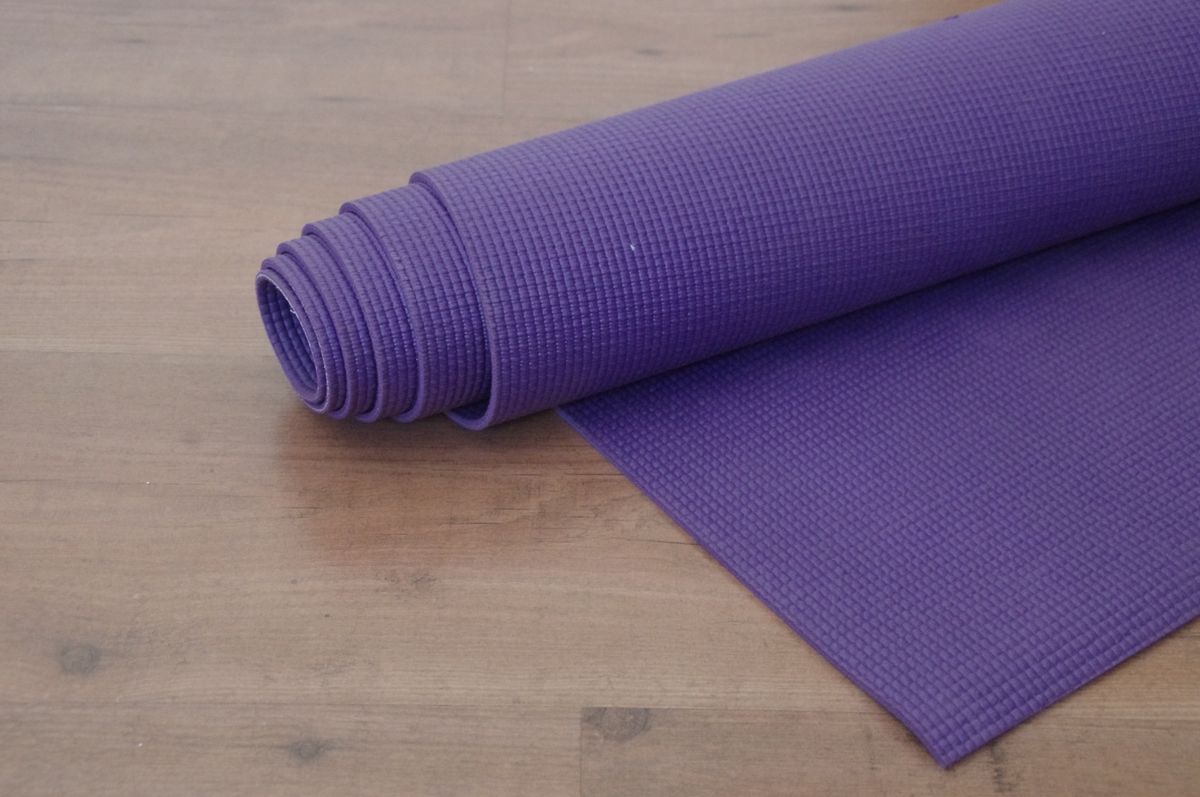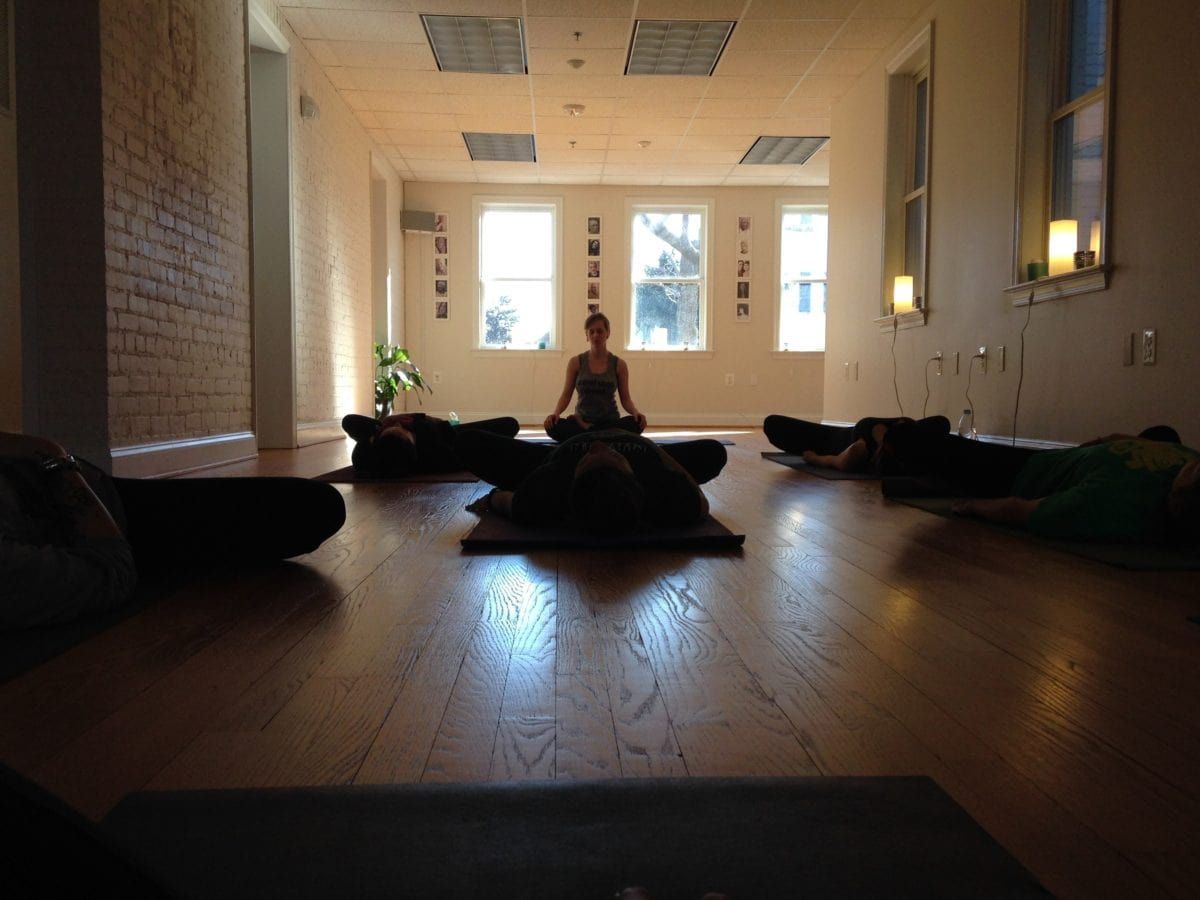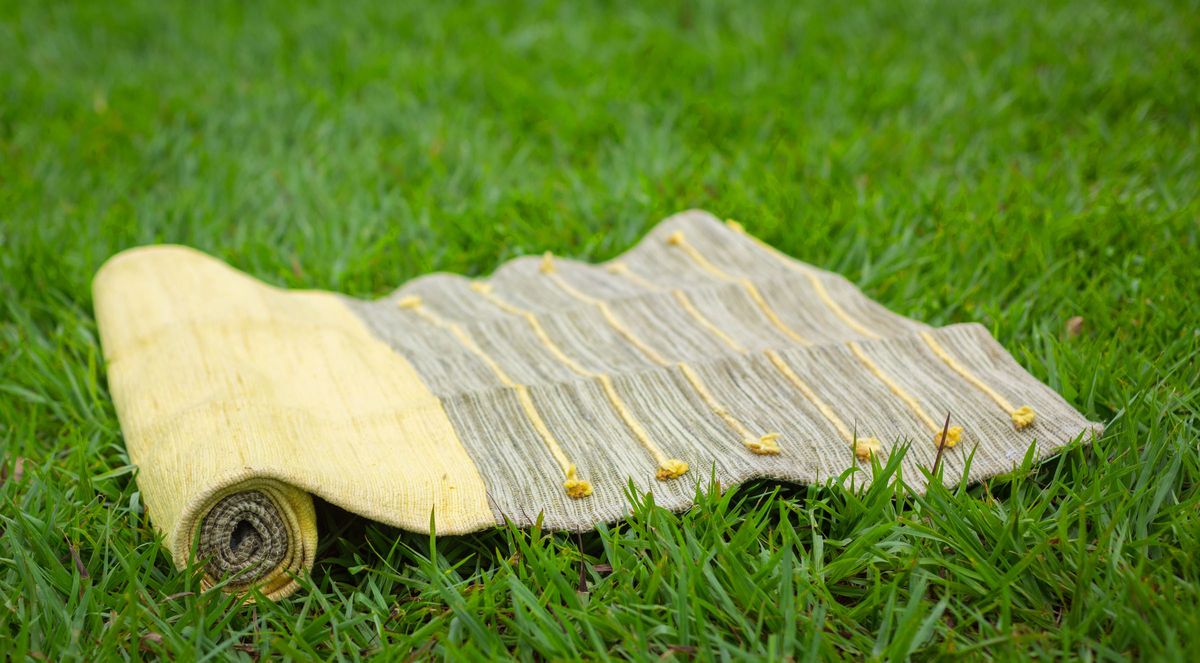
The Ultimate Guide to Choosing the Best Thick Yoga Mat for Cushioned Comfort
Yoga enthusiasts understand the importance of finding the perfect yoga mat, one that provides not only stability but also the comfort necessary for a serene and effective practice. A thick yoga mat can be a game-changer for those seeking cushioned comfort during their yoga sessions. This ultimate guide delves into the various aspects of selecting the best thick yoga mat, covering the benefits, key features, brand comparisons, and tips for integrating the mat into your practice and maintaining it over time.
Key Takeaways
- Thick yoga mats offer enhanced cushioning and joint support, which is beneficial for practitioners with sensitivity or injuries.
- When choosing a thick yoga mat, consider the material and durability, as well as the mat's density and responsiveness to ensure a balance between comfort and stability.
- Comparing popular brands like Manduka, Gaiam, Jade Yoga, and Liforme can help identify the mat that best suits individual preferences and needs.
- Incorporating a thick yoga mat into your practice may require slight technique adjustments, but it can greatly enhance meditation and relaxation.
- Proper care, including regular cleaning, correct storage, and maintenance, is crucial to extend the lifespan of a thick yoga mat and maintain its performance.
Understanding the Benefits of Thick Yoga Mats
Cushioning and Joint Support
Thick yoga mats provide superior cushioning, which is essential for protecting your joints during practice. The extra padding helps to absorb impact and reduce strain on the knees, hips, and wrists, making it an ideal choice for those with joint concerns or for practices that involve a lot of floor work.
Stability and Balance
While cushioning is important, a thick mat also needs to offer stability. A good balance between softness and firmness ensures that you can maintain poses without sinking too deeply into the mat. This balance is crucial for achieving proper alignment and preventing injuries.
Insulation and Comfort
Thick mats often provide better insulation against cold floors, enhancing comfort during your practice. The added thickness also means a softer surface, which can make longer sessions or restorative poses more enjoyable. Selecting a mat with the right thickness can greatly improve your overall yoga experience.
Discover the benefits of a thick yoga mat for enhanced comfort, joint protection, stability, and insulation. Choose the right thickness based on body type, practice type, surface, and portability.
Key Features to Consider When Selecting a Thick Yoga Mat
Material and Durability
When choosing a thick yoga mat, the material is crucial for both comfort and longevity. Natural rubber offers excellent grip and eco-friendliness, while PVC mats are durable and easy to clean. TPE (Thermoplastic Elastomer) is a more modern, recyclable option that combines the benefits of both.
Density and Responsiveness
A mat's density affects its cushioning and ability to spring back, known as responsiveness. High-density mats provide better support for joints but may be heavier. Consider the type of yoga you practice and whether you prefer a firmer surface for balance poses or a softer one for seated or lying poses.
Size and Portability
Thick yoga mats come in various sizes. A standard mat is about 68 inches long, but taller individuals may want an extended length. Thickness ranges from 1/4 inch to 1 inch. Remember, thicker mats can be bulkier and heavier, impacting portability. Look for mats with carrying straps or consider how you'll transport your mat to and from class.
Maintenance and Care
A well-maintained yoga mat can last for years. Regular cleaning is essential, especially for mats with open-cell construction that absorb moisture. Some mats are machine washable, while others require spot cleaning. Check the manufacturer's instructions to ensure proper care and extend the lifespan of your mat.
Comparing Popular Thick Yoga Mat Brands
Manduka Pro Series
The Manduka Pro Series is renowned for its superior density and lifetime guarantee, offering unparalleled support and durability. The closed-cell surface prevents moisture and sweat from seeping into the mat, ensuring a hygienic practice environment. These mats come in various thicknesses, catering to those who prioritize cushioning or require a firmer surface for balance.
Gaiam Premium Mats
Gaiam Premium Mats are a favorite among yogis for their vibrant designs and eco-friendly materials. The non-toxic PVC construction is both lightweight and sturdy, making it a practical choice for home and studio use. With a focus on comfort, these mats provide ample cushioning for joints without compromising stability.
Jade Yoga Harmony Mats
Jade Yoga Harmony Mats strike a balance between eco-conscious production and functional design. Made from natural rubber, they offer excellent grip and resilience. The open-cell structure delivers optimal traction, even in the most intense sessions, and Jade's commitment to planting a tree for every mat sold adds a feel-good factor to your purchase.
Liforme Yoga Mats
Liforme Yoga Mats stand out with their unique AlignForMe system, which helps practitioners maintain proper alignment. The mats boast a revolutionary grip that performs even when wet, and the materials used are biodegradable and PVC-free. Liforme mats are slightly thicker than standard, providing that extra layer of protection for your joints during practice.
When selecting a thick yoga mat, it's essential to consider not just the comfort, but also the mat's performance in terms of grip and stability. The right mat can enhance your practice, providing the foundation for a safe and effective yoga experience.
Incorporating a Thick Yoga Mat into Your Practice
Adapting Your Technique
When transitioning to a thicker yoga mat, you may need to adjust your technique to accommodate the extra cushioning. This can include slight modifications to your stance and hand/foot placement to ensure proper alignment and to maintain balance. It's important to take the time to get accustomed to the new feel of your mat during different poses.
Enhancing Meditation and Relaxation
A thick yoga mat can significantly enhance your meditation and relaxation practices by providing extra comfort. The added cushioning is especially beneficial during longer sessions where hard surfaces can become uncomfortable. Embrace the plushness of your mat to help deepen your relaxation and focus during these practices.
Using Props with Your Thick Mat
Incorporating props such as yoga blocks or bolsters can complement the use of a thick yoga mat. These tools can help you maintain proper alignment and support your body in restorative poses. Experiment with different configurations to find what works best for you and your mat's thickness.
Remember, a thick yoga mat offers a unique experience that can be tailored to your personal practice. Embrace the changes and use them to enhance your yoga journey.
Caring for Your Thick Yoga Mat
Cleaning and Disinfecting
Proper hygiene is paramount for your yoga practice. Regular cleaning can prevent the buildup of bacteria and odors. Use a gentle, non-abrasive cleaner and a soft cloth to wipe down your mat after each use. For a deeper clean, you can create a solution of water and mild detergent, or use a specialized yoga mat cleaner.
Remember to always check the manufacturer's instructions to ensure the cleaning method is suitable for your mat's material.
Storage and Transportation
To maintain your mat's shape and integrity, it's important to store it correctly. Roll your mat loosely with the top side facing outwards to avoid creases. When transporting, use a yoga mat bag or strap for convenience and protection. Avoid prolonged exposure to direct sunlight, as it can degrade the material over time.
Long-term Maintenance Tips
Extend the life of your yoga mat with simple long-term maintenance tips. Avoid wearing shoes or placing sharp objects on the mat, as they can cause tears or indentations. Periodically inspect your mat for signs of wear and tear, and consider replacing it if it no longer provides adequate support or cushioning. By taking good care of your mat, you ensure a comfortable and safe practice for years to come.
Maintaining your thick yoga mat is essential for a comfortable and safe practice. Visit Yune Yoga for a comprehensive guide on how to care for your mat and explore our wide range of eco-friendly, durable yoga mats and accessories. Ensure your mat stays fresh and supportive for years to come. Click here to learn more and find the perfect mat for your practice!
Conclusion: Your Path to Comfort and Stability
Selecting the perfect thick yoga mat is a crucial step towards a comfortable and supportive yoga practice. Throughout this guide, we've explored the various aspects to consider, from material and thickness to texture and eco-friendliness. Remember, the best yoga mat for you is one that aligns with your personal needs, practice style, and ethical values. With the insights and tips provided, you're now equipped to make an informed decision that will enhance your yoga journey. Embrace the cushioned comfort of a thick yoga mat and enjoy a more grounded and serene practice.
Frequently Asked Questions
Why should I choose a thick yoga mat over a standard one?
A thick yoga mat provides extra cushioning and joint support, which can be beneficial for those with sensitive knees or wrists. It also offers better insulation from cold floors and can enhance stability and balance during practice.
What thickness is considered 'thick' for a yoga mat?
Yoga mats are generally considered 'thick' when they are about 1/4 inch (6mm) or more. This extra thickness helps to provide the additional cushioning and support mentioned above.
What should I look for in terms of material and durability?
Look for high-quality materials like PVC, rubber, or TPE that are known for their durability and longevity. The mat should also have a good texture for grip and be resistant to wear and tear.
Can a thick yoga mat affect my balance during practice?
While a thick mat can provide more stability for standing poses, it may also require some adjustments for balance-focused poses. It's important to choose a mat with the right density to balance cushioning with a firm enough surface for your practice.
How do I properly clean and maintain a thick yoga mat?
Most thick yoga mats can be cleaned with a mild soap and water solution. Avoid using harsh chemicals that can break down the material. For maintenance, roll the mat loosely, store it in a cool, dry place, and avoid prolonged exposure to sunlight.
Are thick yoga mats portable?
Thick yoga mats can be heavier and bulkier than standard mats, which may affect portability. However, many come with carrying straps or bags to make transportation easier. Consider the weight and how you'll transport the mat when making your selection.


